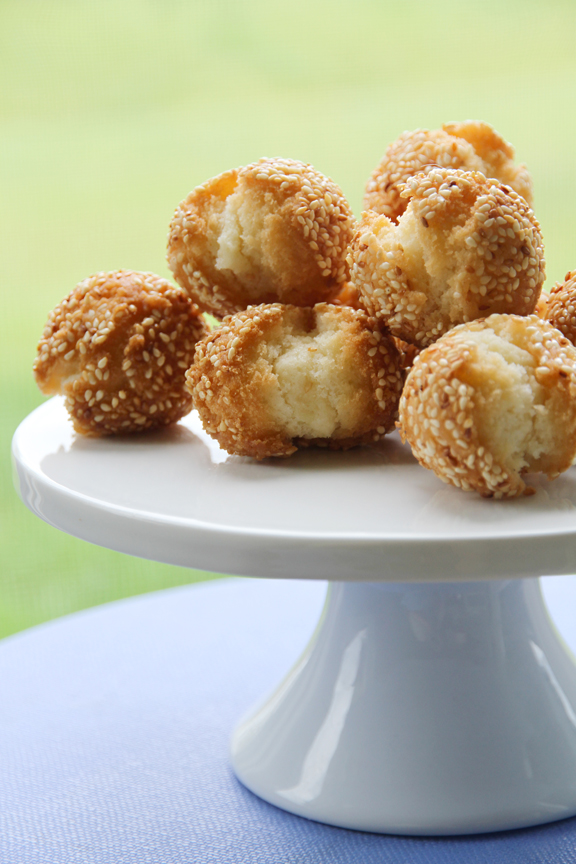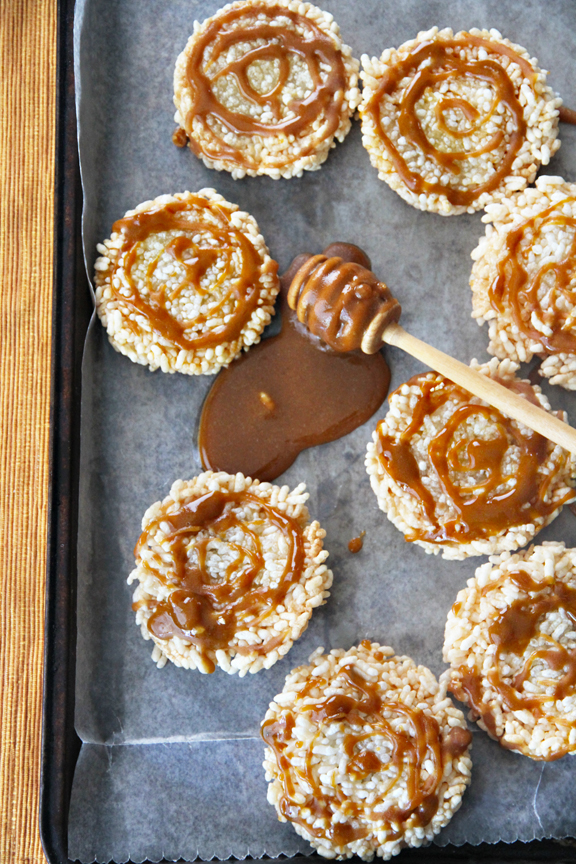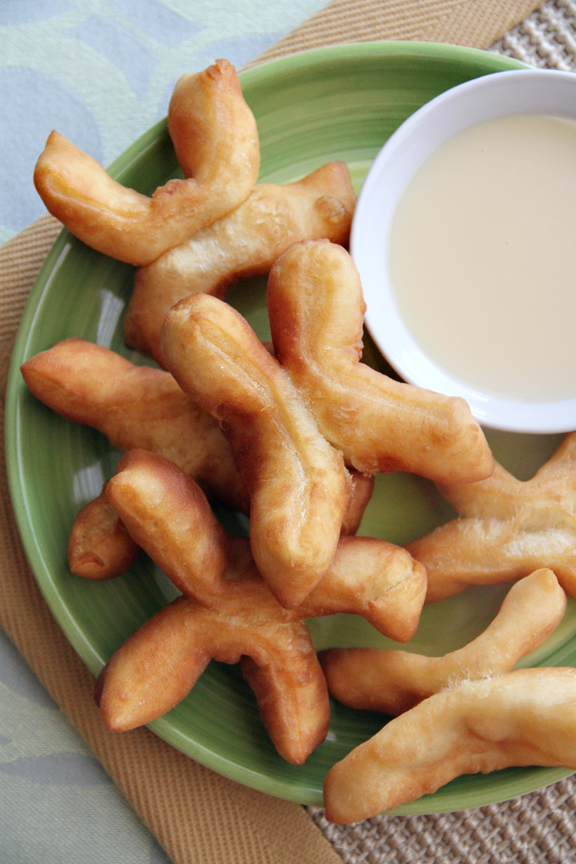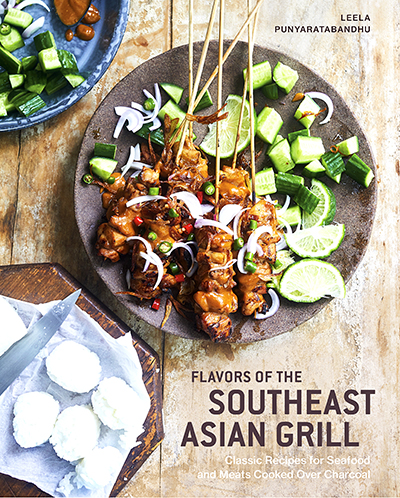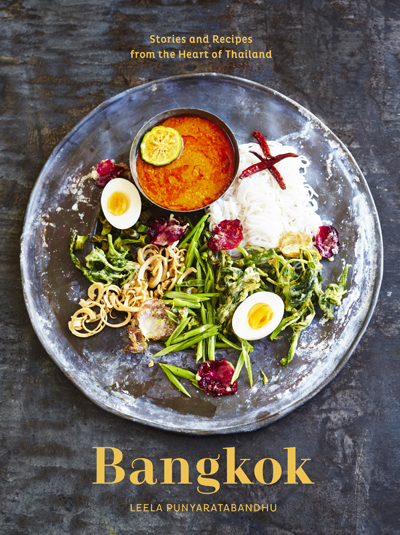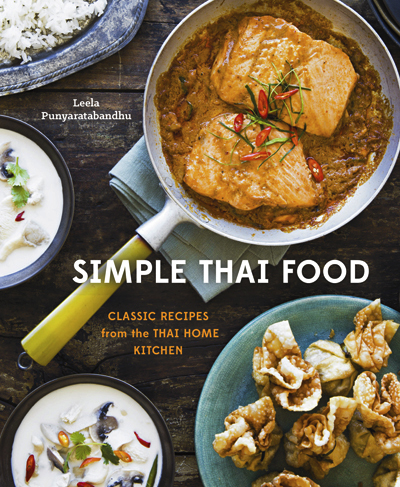This post had been sitting in my draft folder since the first quarter of 2012. Originally, I wanted to post it on May 5th, 2012. However, for reasons too boring to get into, that didn’t work out, and the post that went up on that day turned out to be baked pork tenderloins with gravy, coconut rice, and carrot som tam instead. So I waited for the next best timing: the end of 2012. As you can see, that didn’t work out either. But it doesn’t matter.
Why those dates? Well — and this is a lot sillier than you think — the reason is because the year 2012 CE is the year 2555 in Buddhist Era. This means May 5th, 2012 is numerically written 5-5-55 (๕-๕-๕๕, if you’re going to get all ultra-traditional about it). Now, if you’re familiar with Thai txt-speak, you know that with the Thai word for 5 being “ha” (ห้า*), 555 (hahaha) is the same as LOL. And the key to understanding what I’ve been yapping about is this: these Chinese doughnut holes, each of which displays a gaping “mouth,” are known in Thailand as ‘laughing doughnuts‘ (ขนมหัวเราะ).
Having said that, I’m sure I can’t be the only one who thinks these look more like Pac-Man doughnuts, right?







